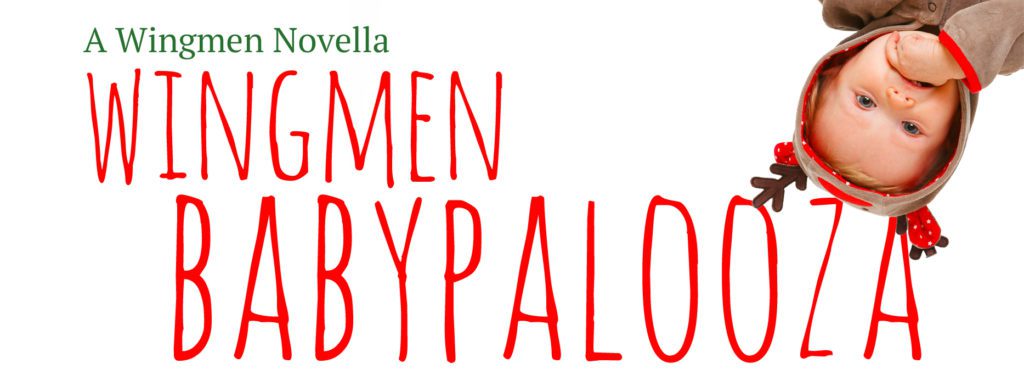Download links for: Der Superorganismus: Der Erfolg Von Ameisen, Bienen, Wespen Und Termiten


Reviews (see all)
Write review
This book reads more like a college level textbook. Very dense and packed full of information.
this book is good and i will finish it but i had to give it back to the library.
Who knew there was so much to learn about ants.
I'll never look at ants in the same way.
Other books by Nonfiction
Related articles












